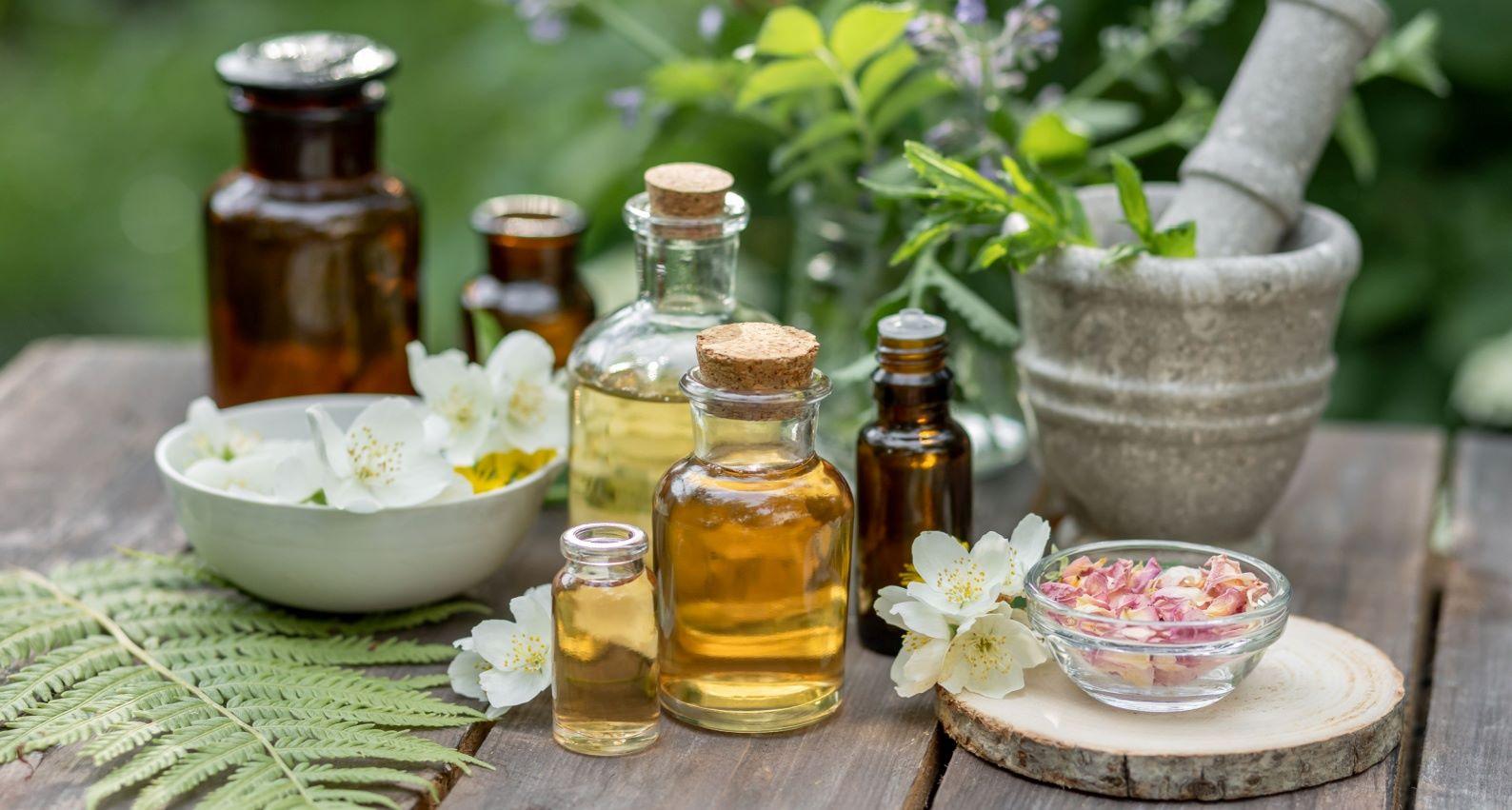The Growing Market for Natural Cosmetics
Published on 15 Jan, 2025

The global natural cosmetics sector is rapidly expanding, reflecting a shift in consumer preferences toward sustainable, eco-friendly products. Various trends are driving this growth, catering to environment-conscious and diverse audiences. However, there are also challenges that highlight the need for innovation and ethical practices. Despite these obstacles, the sector's growth underscores its potential to redefine global beauty standards with a focus on sustainability and authenticity.
Natural cosmetics are products primarily made from natural ingredients such as plant extracts, essential oils, and minerals. Unlike conventional cosmetics, these minimally use synthetic chemicals, artificial fragrances, and preservatives. These products often emphasize sustainability, cruelty-free practices, and organic certifications, resonating with an increasing number of environment-conscious consumers.
The global natural cosmetics market is thriving, demonstrating remarkable growth and evolving as a key player in the beauty and personal care industry. In 2024, the market generated a significant revenue of approximately USD13.88 billion, reflecting a robust consumer preference for environmentally friendly, sustainable beauty solutions.
China: The Leading Revenue Generator
Among global players, China emerges as the top revenue generator in the natural cosmetics market, earning a staggering USD3,102 million in 2024. This figure accounts for nearly 22% of the global revenue, underscoring China’s stronghold in this sector.
Trends Shaping the Market
Several trends are steering the natural cosmetics market evolution:
- Ingredient Transparency: Consumers demand clear labeling and ethical certifications like USDA Organic or ECOCERT in beauty products. Brands highlight natural ingredients like aloe vera and shea butter while avoiding harmful chemicals. Transparency fosters trust by ensuring safety, sustainability, and authenticity, steering clear of greenwashing.
- Sustainable Packaging: Brands reduce environmental impact with biodegradable materials like mono-recycled plastics and bio-based options from cornstarch or sugarcane. Companies like L’Oréal and Shiseido lead with sustainable innovations, aligning with eco-conscious consumer values.
- Inclusivity: Natural beauty products cater to diverse skin tones, hair types, and preferences. Inclusive formulations, advertising, and broader shade ranges make beauty accessible and representative, with nearly half of consumers seeking brands prioritizing diversity.
- Tech Integration: AI and AR technologies personalize the beauty experience, offering tailored recommendations and virtual try-ons for products like foundation and lipstick. Brands like Sephora use these tools to enhance engagement, reduce returns, and improve convenience.
- Innovations: Waterless products, eco-friendly raw material extraction, upcycling, and biodegradable ingredients are reshaping the natural cosmetics industry, addressing sustainability while meeting consumer demands for efficacy.
Challenges
Despite its promising growth, the natural cosmetics market faces challenges, including:
- Formulation Stability: Maintaining the stability and shelf life of natural cosmetic products can be challenging as compared with their synthetic counterparts. Natural ingredients are often more prone to issues such as color fading, texture changes, and microbial growth, which can impact the product’s quality and effectiveness over time. Manufacturers must invest in innovative preservation techniques and formulations to ensure their products remain safe, functional, and appealing to consumers without compromising their natural integrity.
- Sourcing and Supply Chain Complexity: Sourcing high-quality natural ingredients at scale involves navigating a range of complexities. Seasonal variations, geographic limitations, and supply chain inconsistencies can all disrupt the availability of key raw materials. Ensuring a reliable and sustainable supply chain requires close partnerships with ethical suppliers, meticulous planning, and investment in sustainable sourcing practices to meet consumer demand without depleting natural resources.
- High Costs: Natural cosmetics are often priced higher than regular cosmetics due to the premium nature of their ingredients and sustainable packaging solutions. Sourcing organic or ethically harvested ingredients requires careful selection and partnerships with reliable suppliers, which can significantly increase production costs. Additionally, eco-friendly packaging, such as biodegradable materials or mono-recycled plastics, is often more expensive than traditional options. These higher costs can affect the affordability of natural products, potentially limiting a broader consumer base from gaining access. Brands must balance maintaining product quality with exploring innovative ways to reduce costs and expand their market reach.
- Regulatory Complexities: Navigating the regulatory landscape for natural and organic cosmetics can be a daunting task for manufacturers. Certifying labels and organizations play a vital role in ensuring authenticity and transparency in natural cosmetics. Ensuring compliance involves meticulous documentation, ingredient testing, and adherence to varying definitions of ‘natural’ or ‘organic’. These complexities not only slow down product launches but also increase costs, particularly for brands operating in multiple markets. Reputable certifications like BDIH (Germany), COSMOS Natural and Organic (Cosmebio, France), EcoCert (France), ICEA (Italy), Natrue (Germany), and the Soil Association (UK) help consumers identify products that meet stringent natural and organic standards, fostering trust in brands and their claims. Companies need to remain informed about evolving regulations and invest in expertise to meet these stringent standards while maintaining transparency and consumer trust.
These challenges however also offer innovation opportunities. Brands can invest in sustainable ingredient sourcing, collaborate with regulatory bodies, and explore cost-effective solutions to expand their market reach.
Conclusion
The natural cosmetics market is more than a fleeting trend — it represents a profound shift in consumer behavior and industry practices. With its projected growth and increasing global appeal, the market is poised to redefine beauty standards worldwide.

